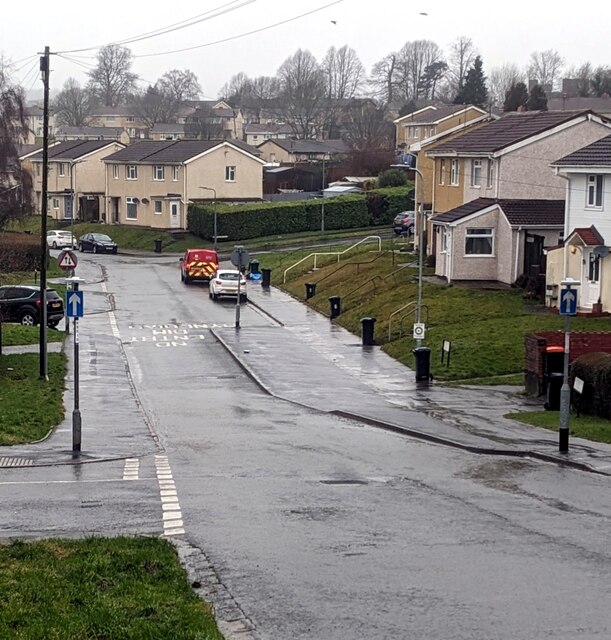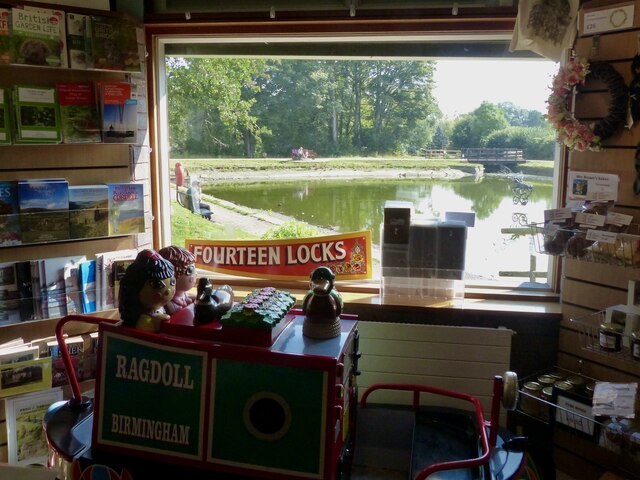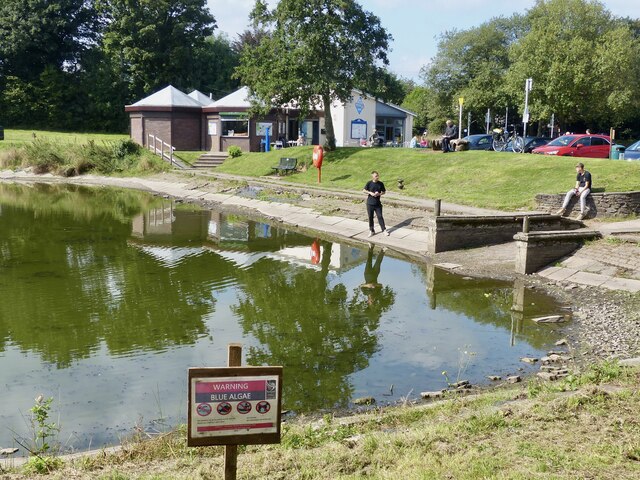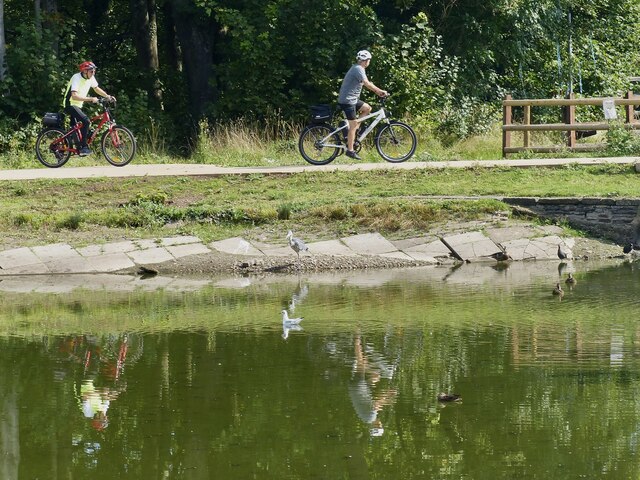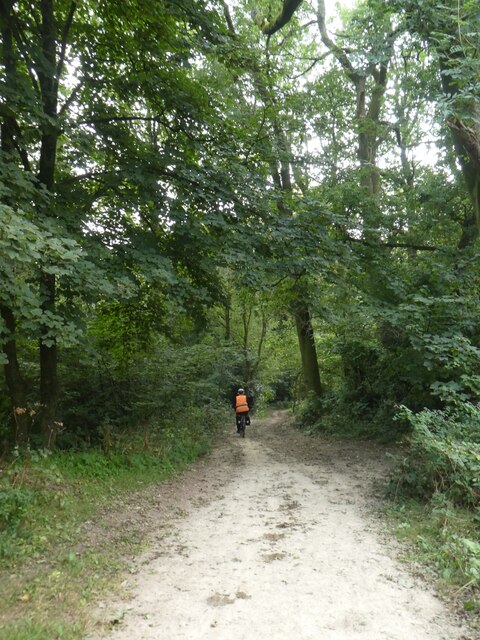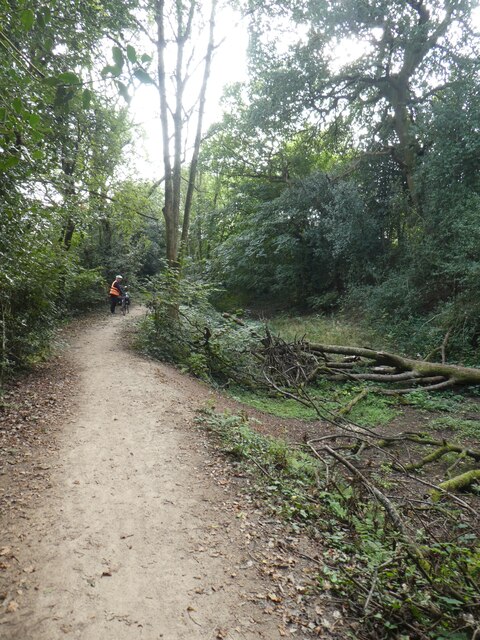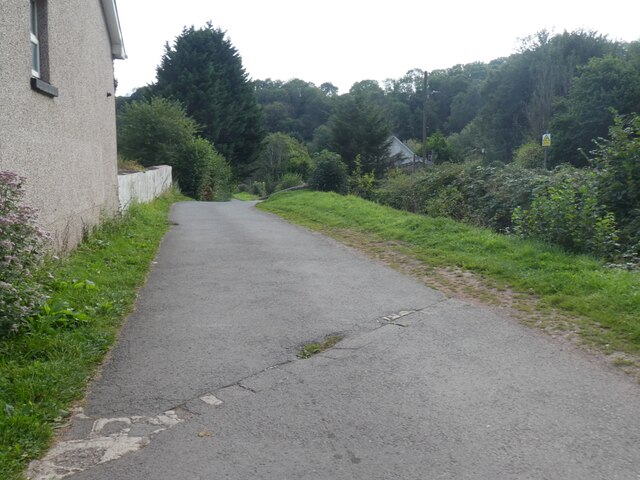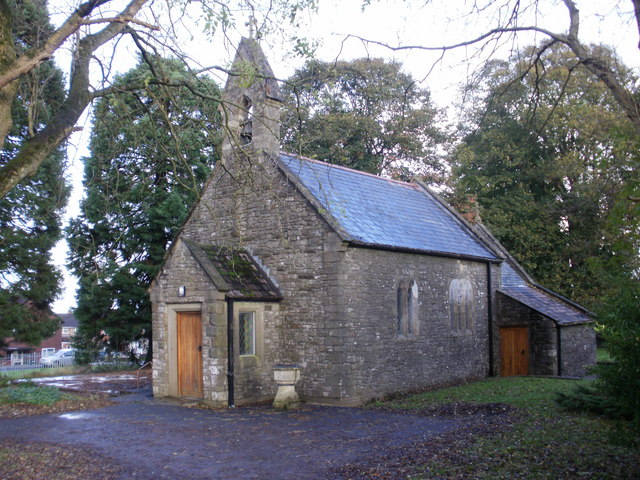Betws, Y
Settlement in Monmouthshire
Wales
Betws, Y
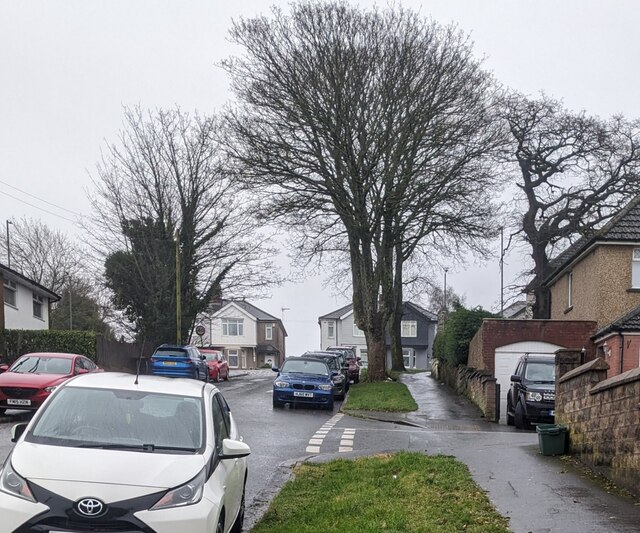
Betws, Y, Monmouthshire is a small village located in southeastern Wales, within the county of Monmouthshire. Nestled in the picturesque Usk Valley, the village is surrounded by rolling hills and lush countryside, making it a popular destination for nature lovers and hikers.
The village has a rich history, with evidence of human habitation dating back to the Bronze Age. It was also a significant mining area during the 19th and early 20th centuries, with coal being the primary resource extracted. Today, the village retains some of its mining heritage, with remnants of old collieries and industrial buildings still visible.
Betws, Y, Monmouthshire is a tight-knit community with a friendly and welcoming atmosphere. It boasts a variety of amenities, including a post office, a local convenience store, and a village pub where residents and visitors can socialize and enjoy a pint. The village is also home to a primary school, providing education for local children.
Nature enthusiasts will delight in the abundance of outdoor activities available in and around Betws, Y, Monmouthshire. The village is situated near the Brecon Beacons National Park, offering opportunities for hiking, mountain biking, and wildlife spotting. The nearby Usk River is also a popular spot for fishing and kayaking.
Overall, Betws, Y, Monmouthshire is a charming village that combines a rich history with natural beauty. It provides a peaceful retreat for those seeking a tranquil countryside experience while still being within reach of larger towns and cities in Monmouthshire.
If you have any feedback on the listing, please let us know in the comments section below.
Betws, Y Images
Images are sourced within 2km of 51.604343/-3.026588 or Grid Reference ST2990. Thanks to Geograph Open Source API. All images are credited.
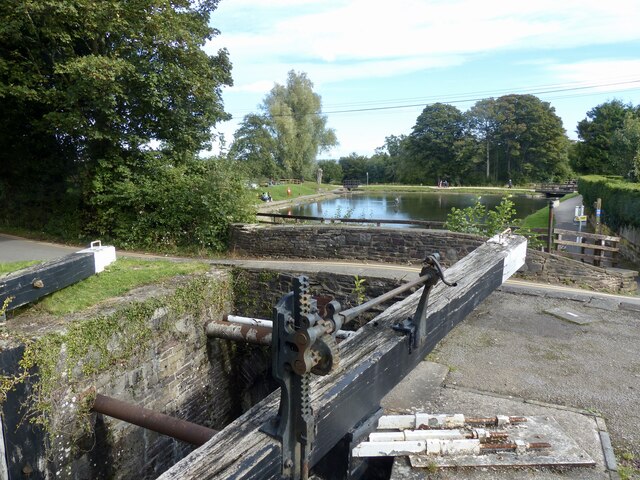
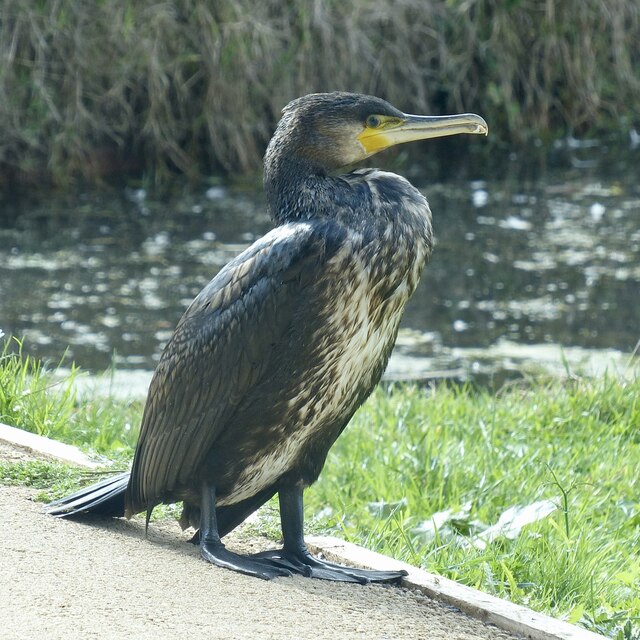
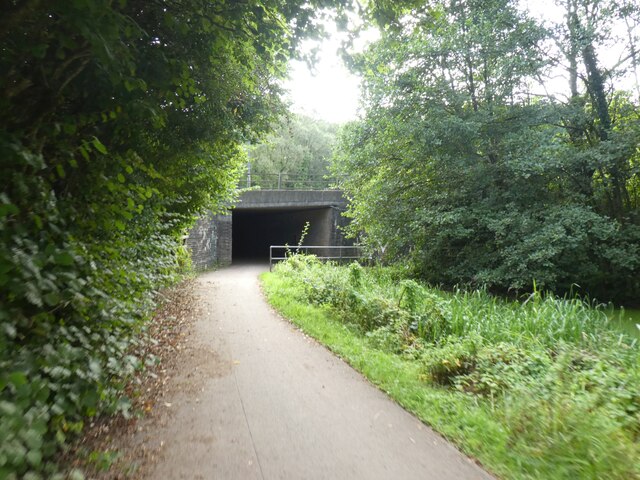
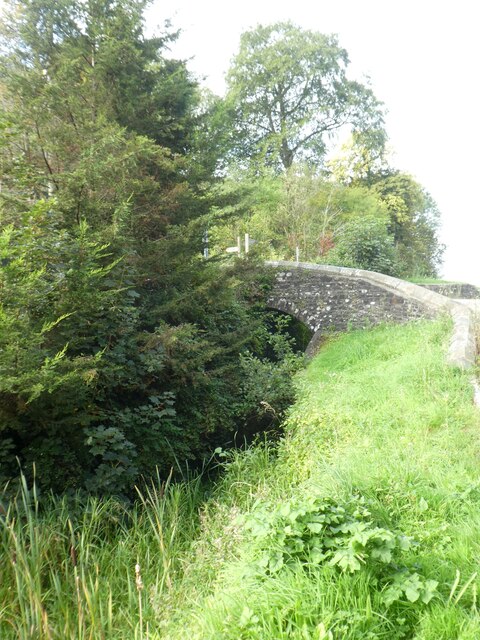
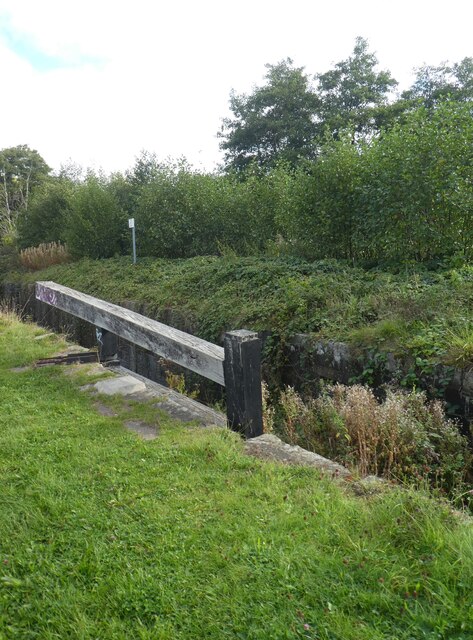




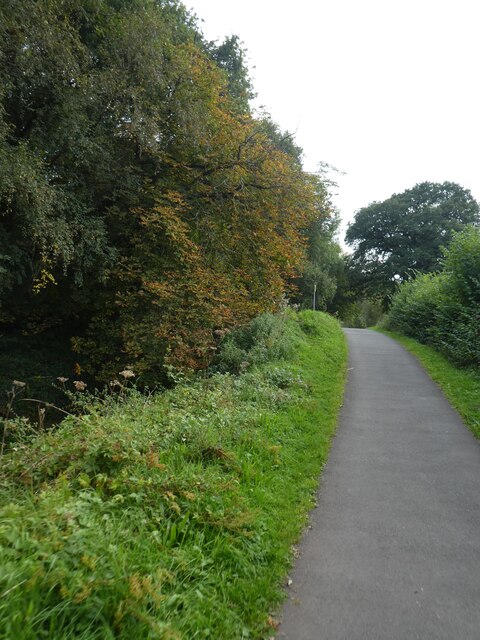
Betws, Y is located at Grid Ref: ST2990 (Lat: 51.604343, Lng: -3.026588)
Unitary Authority: Newport
Police Authority: Gwent
Also known as: Bettws
What 3 Words
///rots.towers.caked. Near Newport
Related Wikis
Bettws, Newport
Bettws (Welsh: Betws) is a large modern housing estate, electoral ward and coterminous community (parish) of the city of Newport, South Wales. == Etymology... ==
Newport High School (Wales)
Newport High School (Welsh: Ysgol Uwchradd Casnewydd) is a co-educational secondary school in the Bettws district of the city of Newport, South Wales,...
Raglan Barracks, Newport
Raglan Barracks is a military installation at Barrack Hill in Allt-yr-yn in Newport, Wales. == History == The barracks were built as a cavalry barracks...
Allt-yr-yn
Allt-yr-yn (Welsh: Allt-yr-ynn) is a suburb of the city of Newport, south-east Wales. == Name == Pronounced by English-speaking locals as "Olt-er-reen...
Malpas, Newport
Malpas is an electoral district (ward) and coterminous community (parish) of the city of Newport, South Wales. The area is governed by the Newport City...
Ridgeway, Newport
Ridgeway is an area in Newport, Wales, in the electoral ward and community of Allt-yr-yn. It is well known for its ridge which overlooks Rogerstone and...
Barrack Hill
Barrack Hill is an area in Newport, Wales, in the suburb and electoral ward and coterminous community parish of Allt-yr-yn. It is most well known for...
Fourteen Locks
Fourteen Locks (grid reference ST277886) is a series of locks, also known as the Cefn Flight, on the Crumlin arm of the Monmouthshire Canal at Rogerstone...
Nearby Amenities
Located within 500m of 51.604343,-3.026588Have you been to Betws, Y?
Leave your review of Betws, Y below (or comments, questions and feedback).
